In 2011, Xiaomi entered the Chinese smartphone market dominated by giants like Apple and Samsung. By leveraging rapid prototyping, Xiaomi developed the Mi1 smartphone, gathering real-time feedback from millions of users through its MIUI platform. This approach not only accelerated product refinement but also propelled Xiaomi to become one of the top smartphone manufacturers globally within just a few years.
Prototyping isn’t just a phase in product development—it’s a strategic tool that offers early insights into consumer preferences and market dynamics. By creating tangible models of products, brands can test, learn, and iterate before full-scale production, reducing risks and enhancing market fit.
For brands aiming to stay competitive, embracing prototyping can unlock deeper consumer understanding, streamline development processes, and expedite successful market entry across diverse regions.
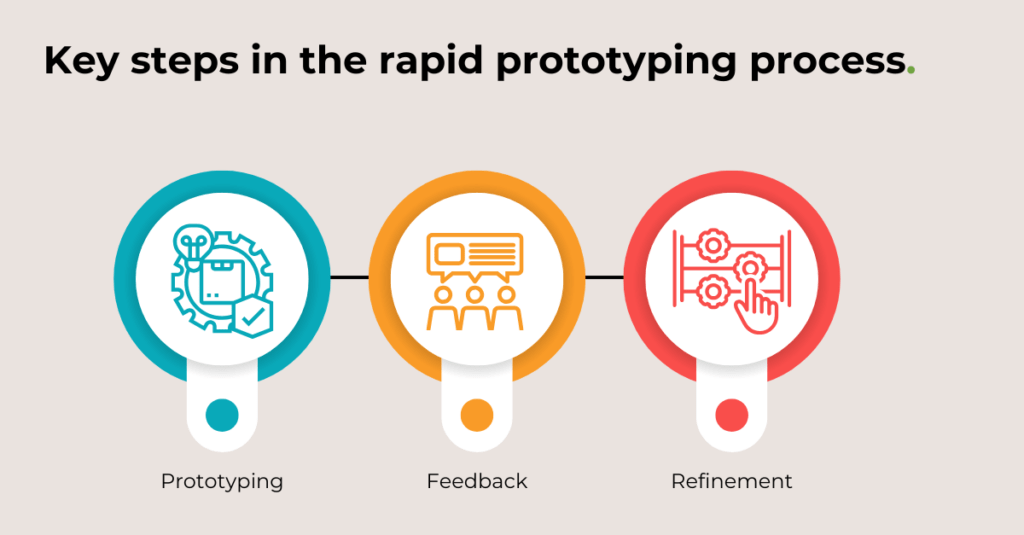
The Role of Prototyping in Product Development
Prototyping is the process of creating an early model of a product to test concepts and functionalities before full-scale production. It is a practical tool for visualizing ideas, identifying potential issues, and gathering valuable feedback. Depending on the product’s nature and development stage, prototypes can vary in form—from simple sketches and mock-ups to interactive digital models or fully functional physical samples.
Why Early-Stage Prototypes Matter
Early-stage prototypes are essential for several reasons:
- Facilitating Immediate Feedback: Presenting a tangible model allows teams to collect real-time input from stakeholders and potential users, uncovering preferences and pain points that might not surface through surveys or theoretical discussions.
- Identifying and Resolving Issues Early: Prototyping helps detect design flaws, usability problems, or technical limitations before they become costly challenges in later stages.
- Accelerating Decision-Making: Concrete prototypes enable teams to make informed choices about features, design elements, and functionality, streamlining the development process.
- Enhancing Cross-Functional Collaboration: Prototypes are a common reference point for designers, engineers, marketers, and executives, improving communication and alignment across departments.
Benefits of Using Prototypes for Early Insights
Accelerated Learning Curve
Prototyping enables teams to learn quickly by testing concepts and gathering real-time feedback. Samsung exemplifies this approach with its Galaxy smartphones. By releasing early versions of new features to select user groups, Samsung collects invaluable insights that lead to significant improvements in functionality and design. This rapid learning cycle shortens development time and enhances the product’s market readiness, ensuring each new release better meets consumer expectations.
Let’s apply this to a consumer electronics company developing a smart home device in Vietnam. By creating an early prototype and showcasing it at local tech events, the company gathers user insights that lead to significant improvements in functionality and design. This rapid learning cycle shortens development time and enhances the product’s market readiness, demonstrating the effectiveness of prototyping in diverse global contexts.
Risk Mitigation
Early-stage prototypes help identify potential flaws before they become costly mistakes. Nike provides a prime example with its innovative Flyknit technology. During development, Nike used prototypes to test different knitting patterns and materials. Feedback from athletes revealed issues with durability and comfort, allowing Nike to make necessary adjustments before mass production. By addressing these concerns early on, Nike mitigated the risk of product failure and successfully launched a groundbreaking product that revolutionized athletic footwear.
Similarly, a British apparel company entering the Indonesian market could use prototypes to test fabric durability and style preferences among local consumers. Let’s say the feedback revealed the initial designs were unsuitable for the humid climate. By adjusting their materials and designs early on, the brand can mitigate the risk of product failure and adapt successfully to the new market.
Cost Efficiency
Investing in prototyping can lead to substantial cost savings. Tesla demonstrates this through its development of the Model 3. Tesla used 3D printing to create prototypes of various components, allowing them to extensively test and refine parts before committing to expensive tooling and production processes. This upfront investment in prototyping resulted in significant long-term savings by avoiding costly revisions during manufacturing, ultimately contributing to the Model 3’s success in the electric vehicle market.
In Japan, an automotive manufacturer could emply 3D printing technology to create prototypes of a new electric vehicle component. This approach would allow them to extensively test and refine the part before committing to expensive tooling and production processes. The upfront investment in prototyping could result in significant long-term savings by avoiding costly revisions during manufacturing.
Enhanced Stakeholder Communication
Prototypes serve as effective communication tools among teams, stakeholders, and investors. Airbnb, during its expansion to include Airbnb Experiences, used prototypes to demonstrate new features to potential investors and partners. The tangible models facilitated a clearer understanding of the platform’s capabilities, helping secure funding and build strategic partnerships. This alignment among stakeholders ensured everyone shared the same vision and expectations, contributing to the successful expansion of Airbnb’s services.
For example, an Indian healthcare company developing a portable diagnostic device could use prototypes to demonstrate the product’s capabilities to potential investors and regulatory bodies. The tangible model facilitates clearer understanding, helping secure funding and expedite the approval process. This alignment among stakeholders ensures everyone shares the same vision and expectations.
Strategies for Effective Prototyping Across Markets
Understanding Cultural Nuances
Tailoring prototypes to meet diverse consumer expectations is crucial for global success. Cultural differences can significantly influence how a product is perceived and used.
Multinational consumer goods company Unilever exemplifies this strategy with its range of personal care products. When developing a new skincare line for Southeast Asia, Unilever created prototypes incorporating local beauty standards and preferences. They conducted focus groups and user testing sessions in countries like Indonesia and Thailand to understand specific skincare needs and cultural aesthetics.
By adapting the product formulations and packaging designs based on this feedback, Unilever ensured the final product resonated well with local consumers, leading to strong market acceptance and sales performance.
Incorporating Feedback Loops
Setting up mechanisms for continuous consumer input ensures prototypes evolve in alignment with user needs and market trends.
Spotify employs robust feedback loops while developing new features and interface changes. By releasing beta versions of their app to select user groups across different regions, Spotify gathers real-time feedback on usability, feature preferences, and performance issues. This iterative process allows the company to make data-driven adjustments before a full-scale launch. For instance, feedback from European users led to enhancements in playlist-sharing features, while insights from Asian markets influenced the integration of local music services.
Continuous feedback loops enable Spotify to refine its prototypes effectively, ensuring the final product meets diverse user expectations and enhances the overall user experience.
Collaborating with Local Teams
Engaging regional experts to enhance prototype relevance is essential for navigating local market complexities.
Procter & Gamble (P&G) demonstrates this approach through its “Connect + Develop” innovation strategy. When entering new markets, P&G collaborates with local teams with in-depth knowledge of regional consumer behavior and preferences.
For example, in India, P&G worked with local experts to develop prototypes of household cleaning products tailored to the unique needs of Indian consumers, such as formulations suitable for varied water conditions and packaging designed for smaller households. These collaborations ensure prototypes are not only technically sound but also culturally and contextually appropriate, increasing the likelihood of product success in diverse markets.
By implementing these strategies, companies can ensure their prototyping efforts are effective and aligned with the specific demands of different global markets. Understanding cultural nuances, establishing continuous feedback loops, and collaborating with local teams are integral to creating prototypes that resonate with diverse consumer bases. These approaches enable brands to develop products that are not only innovative but also culturally relevant and market-ready, providing a strategic advantage in the competitive global landscape.
Challenges and Limitations of Prototyping
While prototyping offers numerous benefits, it also comes with its own set of challenges and limitations:
High Initial Costs
Developing prototypes, especially high-fidelity ones, can be expensive. Advanced technologies like 3D printing, virtual reality, and specialized materials may require significant investment. Companies must balance the costs against the potential long-term savings and product success.
Potential for Prototype Failure
Not all prototypes will lead to successful products. Some may reveal fundamental flaws that require substantial redesign or even abandonment of the project. Managing expectations and preparing for potential failures is crucial.
Time Constraints
The prototyping process can be time-consuming, particularly when multiple iterations are needed. Tight development schedules may limit how much prototyping can be thoroughly conducted, potentially impacting the final product quality.
Managing Stakeholder Expectations
Prototypes can create high expectations among stakeholders. If the final product does not meet these expectations, it can lead to disappointment and reduced confidence in the development team.
Strategies to Mitigate Challenges
- Budget Planning: Allocate sufficient funds specifically for prototyping to avoid financial strain later in the development process.
- Iterative Design: Adopt an iterative design approach for continuous improvement and learning from each prototype.
- Clear Communication: To manage expectations effectively, maintain transparent communication with all stakeholders about the purpose and limitations of prototypes.
- Time Management: Incorporate flexible timelines for necessary iterations without compromising the project schedule.
- Risk Assessment: Conduct thorough risk assessments during the prototyping phase to identify and address potential issues early on.
Actionable Recommendations for Brands
To harness the full potential of prototyping and secure a competitive advantage in the global market, product development teams and leaders in market research and branding should consider the following strategic actions:
Invest in Prototyping Early
Early investment in prototyping lays the foundation for successful product development. Allocating resources at the initial stages allows brands to explore multiple design iterations and incorporate feedback before committing to large-scale production.
- Allocate Sufficient Budget: Ensure a dedicated portion of the budget is reserved for prototyping activities. For example, Apple consistently invests heavily in the prototyping phase of its products, allowing for multiple iterations that refine design and functionality before the final launch.
- Integrate Prototyping into Development Processes: Make prototyping a standard part of the product development lifecycle. Microsoft integrates prototyping into its software development process, using it to test new features and user interfaces before full deployment.
Foster a Culture of Experimentation
Encouraging a mindset that embraces experimentation and accepts failure as a learning opportunity can drive innovation and continuous improvement.
- Encourage Risk-Taking: Create an environment where teams feel empowered to experiment without fearing failure. Google exemplifies this approach with its “20% time” policy, allowing employees to spend a portion of their workweek on innovative projects, many of which began as prototypes.
- Celebrate Learning from Failures: Recognize and reward efforts that contribute to learning, even if they do not result in successful products. This approach ensures that valuable insights are gained from each prototyping attempt, as seen in 3M’s innovation culture, which supports the development of products like Post-it Notes through iterative experimentation.
Leverage Technology
Utilizing advanced technologies can enhance the efficiency and effectiveness of the prototyping process, enabling faster iterations and more accurate simulations.
- Adopt 3D Printing and Rapid Prototyping Tools: Technologies like 3D printing allow for the quick creation of physical prototypes, reducing the time from concept to testing. General Electric (GE) uses 3D printing to produce prototypes of its aviation components, accelerating the development cycle and improving precision.
- Utilize Virtual Reality and Simulation Software: Virtual reality and simulation tools can provide immersive experiences of prototypes, allowing for detailed user testing without needing physical models. IKEA employs VR to visualize furniture designs in virtual spaces, gathering user feedback on aesthetics and functionality before manufacturing.
Measure and Iterate
Establishing clear metrics and continuously refining prototypes based on data-driven insights ensures that products evolve in alignment with market demands and consumer preferences.
- Set Clear Performance Metrics: Define specific criteria to evaluate the success of prototypes, such as usability, functionality, and aesthetic appeal. Samsung uses metrics like user satisfaction scores and feature adoption rates to assess the effectiveness of its smartphone prototypes.
- Implement Iterative Feedback Loops: Regularly collect and analyze feedback to make informed adjustments. Netflix applies this strategy by continuously testing and refining its user interface based on viewer interactions and preferences, ensuring an optimal user experience.
- Track Progress and Adapt Strategies: Monitor the development process to identify areas for improvement and adapt strategies accordingly. Amazon employs data analytics to track the performance of its prototypes, allowing for agile adjustments that enhance product-market fit.
Examples of Implementation
- Apple’s Early Investment: By investing heavily in the prototyping phase, Apple ensures each product meets its high standards for design and functionality. This early investment has resulted in iconic products like the iPhone and Apple Watch, which set industry benchmarks.
- Google’s Experimental Culture: Google’s encouragement of experimentation has led to successful products such as Gmail and Google Maps, both of which originated from internal prototyping and iterative development.
- GE’s Technological Leverage: GE’s use of 3D printing for prototyping has streamlined its product development process, allowing for rapid iterations and enhanced precision in manufacturing complex components.
- Netflix’s Iterative Approach: Netflix’s commitment to measuring and iterating based on user data has enabled it to continuously improve its platform, leading to high user retention and satisfaction rates.
Final Thoughts
Prototyping is a pivotal strategy in modern product development, offering unparalleled early insights that drive successful market entry and sustained growth.
In an increasingly competitive and fast-paced global marketplace, the ability to quickly test, learn, and iterate is invaluable. Prototyping not only accelerates the product development lifecycle but also provides critical insights that ensure products are well-aligned with consumer needs and market trends. By embracing prototyping as a strategic tool, senior market research and branding leaders can drive innovation, reduce risks, and achieve significant competitive advantages.
Brands must prioritize integrating prototyping into their strategic frameworks to stay ahead of the curve. By investing early, fostering an experimental culture, leveraging cutting-edge technologies, and maintaining a disciplined approach to measuring and iterating, organizations can develop products that resonate deeply with global consumers and achieve lasting market success. Embrace the power of prototypes to unlock early insights and transform your product development journey today.
Get regular insights
Keep up to date with the latest insights from our research as well as all our company news in our free monthly newsletter.


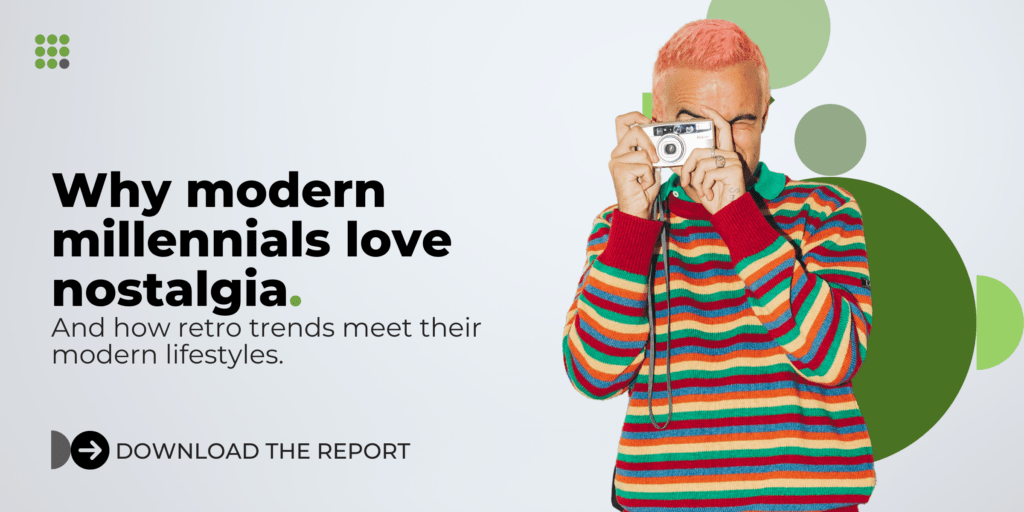
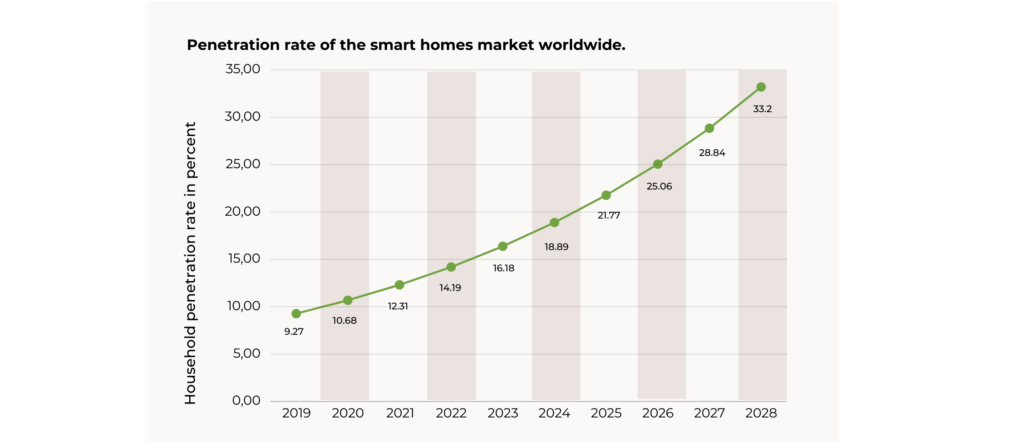

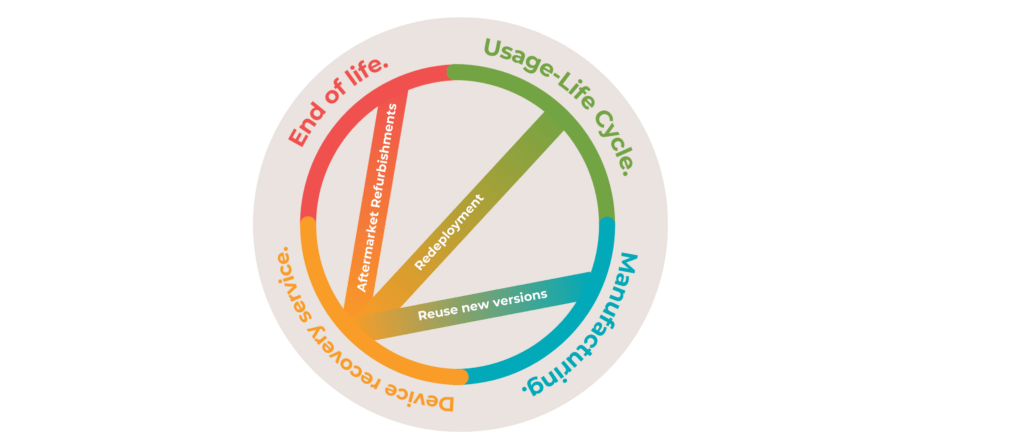
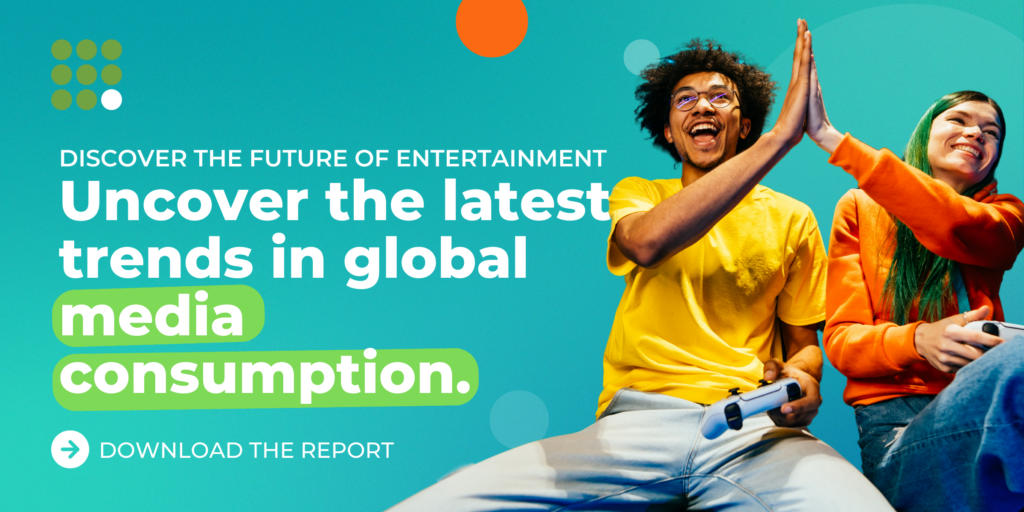



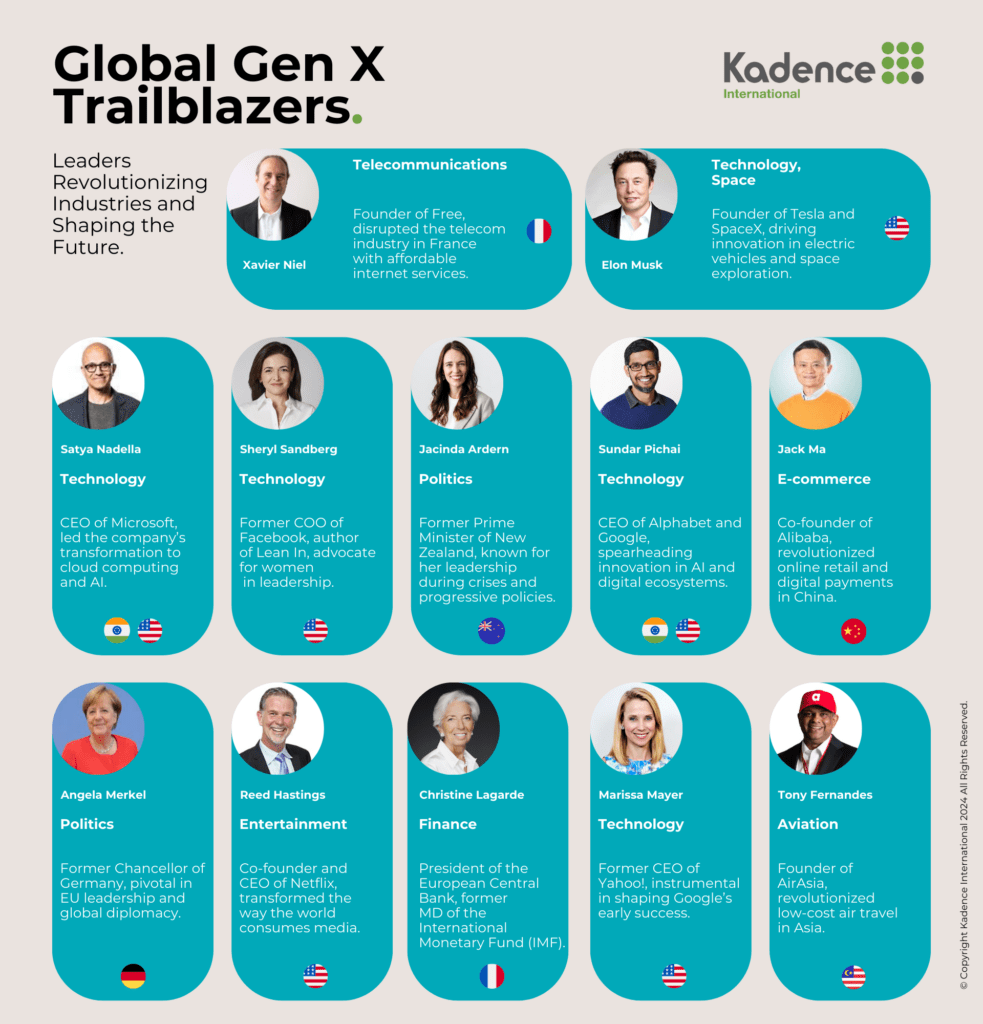











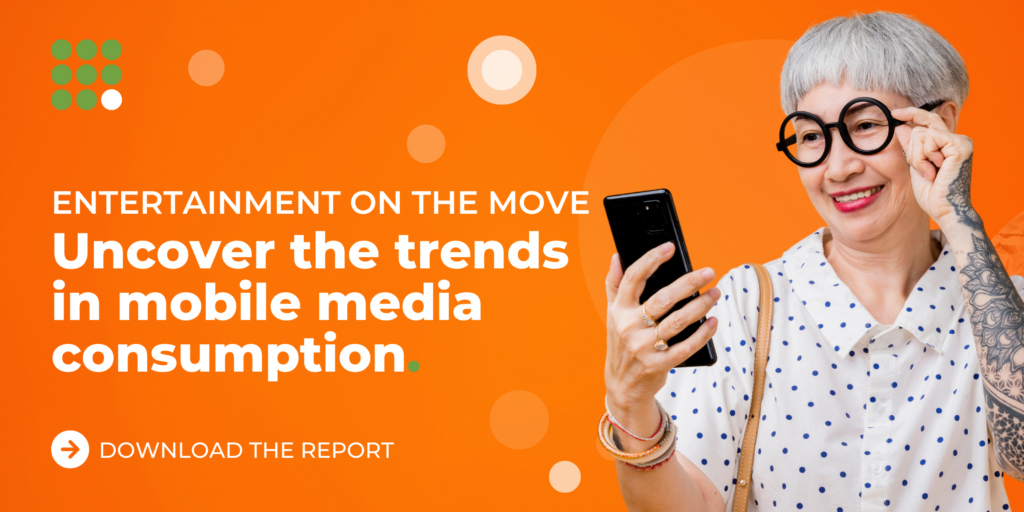
 Senior Marketing Executive
Senior Marketing Executive Sales & Marketing
Sales & Marketing Vital Strategies
Vital Strategies
 Customer Intelligence Director
Customer Intelligence Director